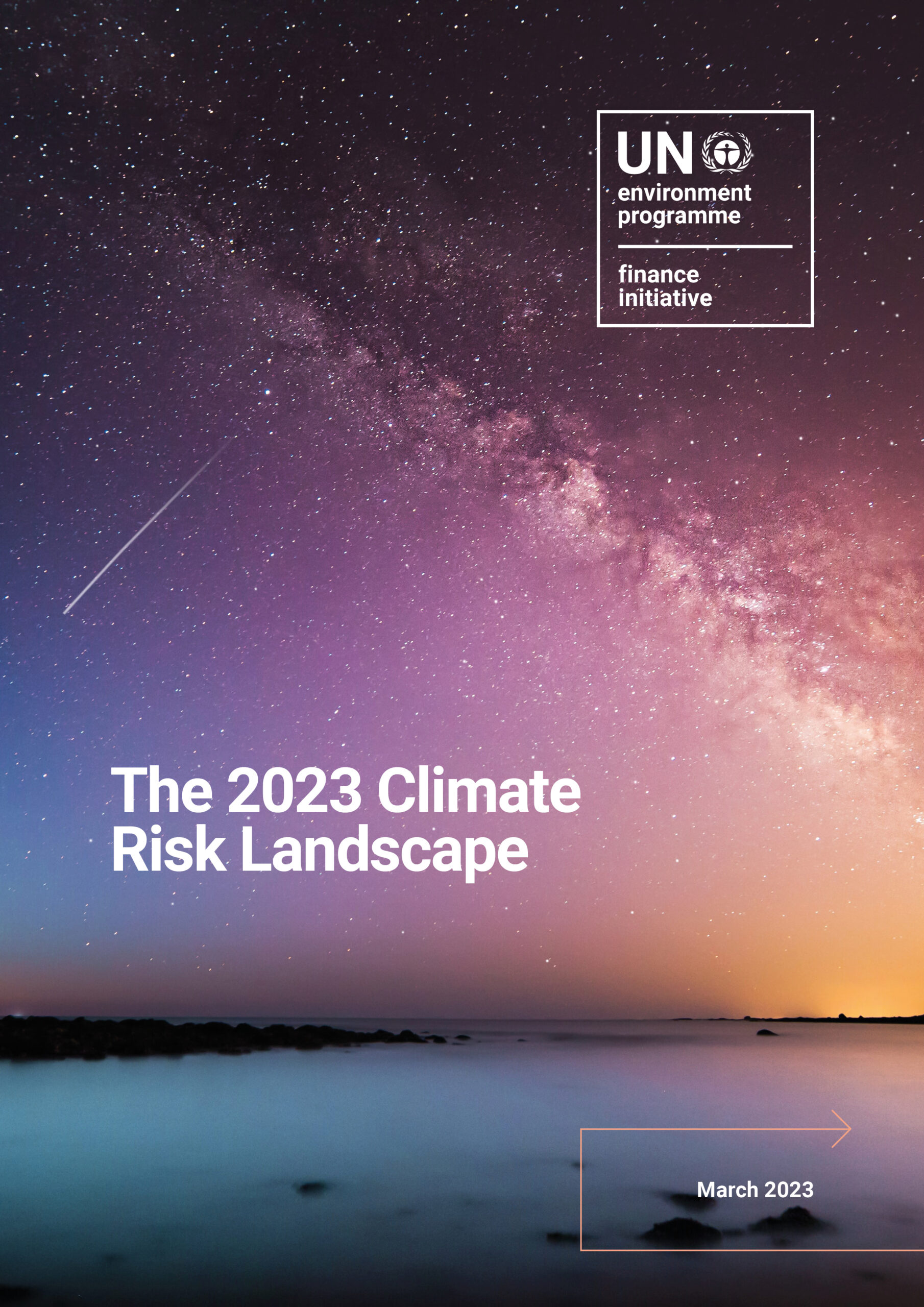Momentum is Building, but More Needs to Be Done: Accelerating the Transition
As the global conversation around nature finance evolves, the focus is shifting from “how”—measuring, disclosing, and reporting on nature-related metrics—to “what” is needed to align economies with the ambitious goals of the Global Biodiversity Framework (GBF). Leading financial institutions (FIs) are now grappling with how to transform operations and investments to drive a nature-positive future. While momentum is building, much more remains to be done in this critical moment.
A Systemic Transition for Nature Finance
Addressing nature loss requires more than metrics and disclosure—it demands systemic transformation of how economies operate. Financial systems must align with urgent environmental goals, including protecting 30% of the planet by 2030 (the 30×30 target). This transition requires prioritizing natural capital, developing innovative financial mechanisms, and ensuring investments reach critical biodiversity areas.
Despite growing attention, there is a lack of effective financial vehicles to channel capital where it will have the greatest impact. The Protected Planet 2024 report highlights gaps in the 30×30 commitment, with only 17.6% of land, 11% of freshwater, and 8.4% of marine areas currently protected. Freshwater ecosystems, in particular, are experiencing steep declines. Financial institutions must urgently develop products targeting these areas. UNEP FI’s Finance for Nature Positive Discussion Paper identifies nature mainstreaming and transition finance as critical contributions toward a nature-positive future, surpassing investments in restoration and conservation in scale and impact.
Shifting Focus: From Long-Term Uncertainty to Immediate Risks
Nature-related risks have traditionally been viewed as uncertain, long-term threats. However, the focus is shifting to immediate, tangible risks, particularly physical risks linked to environmental degradation. Despite the urgency, nature remains undervalued in modern economic systems because it is not officially recognized as an economic asset. Incorporating nature-related risks into financial assessments is essential for embedding natural capital into mainstream economies. Without this integration, economies remain vulnerable to nature-related shocks, which could significantly undermine global GDP.
Stress Testing Nature Risks: A New Era in Financial Risk Management
Central banks and financial institutions are increasingly spotlighting nature stress testing and assessing the economic impacts of nature loss on their portfolios. Research by the GreenFinance Initiative estimates that nature-related risks could result in a 12% loss to the UK’s GDP, with potentially greater impacts in biodiversity-rich countries. Next to the macro-level impacts, the analysis estimated that some banks could see reductions in the value of up the 4-5% in some cases. Noting that these estimates are likely to be conservative, this indicates that nature-related risks will not just impact the economy, but potentially financial resilience. These findings underline the urgency of integrating nature into financial risk management and the growing importance of stress testing for nature-related financial stability.
Financial institutions must move from theoretical to practical action by incorporating nature stress testing into their core operations and engaging in finance for nature-positive — an area where new methodologies and frameworks, such as the Taskforce on Nature-related Financial Disclosures (TNFD) and the work of the NGFS on nature scenarios, are playing an essential role.
Amplifying the voices of Indigenous Communities
Indigenous peoples and local communities play a pivotal role in biodiversity conservation, recognized by the creation of a new permanent subsidiary body under the UN CBD. As stewards of the world’s most biodiverse regions, their involvement is fundamental to any nature finance strategy.
Financial institutions must engage meaningfully with these communities, ensuring their expertise is acknowledged and they benefit from mobilized finance. Inclusion is not optional; it is essential for legitimacy and the long-term success of nature finance initiatives.
The Role of Technology and Data in Nature Finance
Advancements in technology and data are reshaping nature finance. Sophisticated tools enable financial institutions to better assess nature-related risks and opportunities, improving decision-making and aligning investments with global biodiversity goals. Coupled with granular asset and supply chain data, these tools offer a clearer picture of risks and impacts at the client level.
Policy Action and Regionalization: A Call for Global and Local Efforts
Policy action is critical for mainstreaming biodiversity finance. Governments must provide incentives to drive positive outcomes for nature, while regulation can encourage the financial sector to integrate biodiversity into decision-making.
Leadership from regions in the Global South—Latin America, Africa, and Asia-Pacific—is particularly vital, as these areas face immediate biodiversity loss and climate impacts. UNEP FI is working with local actors to channel investments where they are needed most, supporting regional priorities through targeted financial solutions.
Insurance and Transition Planning: Preparing for a Nature-Positive Future
Insurance plays a dual role as an economic enabler and risk carrier, building resilience for communities and economies. UNEP FI, through the Principles for Sustainable Insurance (PSI), continues to explore insurance strategies that mitigate risks and invest in nature-based solutions. Collaboration between banks, asset managers, and insurers is crucial to develop products and services that support the transition to a nature-positive economy.
Transition planning is equally critical. Financial institutions are working with sectors like agriculture, forestry, and fisheries to implement sustainable practices. Initiatives like TNFD and GFANZ provide guidance to set impact targets, refine due diligence processes, and create innovative transition finance strategies.
Conclusion: Moving Beyond Discussions to Tangible Action
COP16 in Cali served as a reminder that the time for nature finance to move beyond discussion is now. The Global Biodiversity Framework sets clear targets, and the financial sector must work relentlessly to meet these goals. Scaled North-South investment is crucial, with nature-based financial products emerging to meet the challenge. Linking these innovations to measurable GBF outcomes is paramount.
UNEP FI is at the forefront of this transition, driving the development of financial products that deliver measurable, nature-positive impacts. The time to act is now—financial institutions must align investments with the GBF to ensure a future where biodiversity thrives and economies are sustainable.


